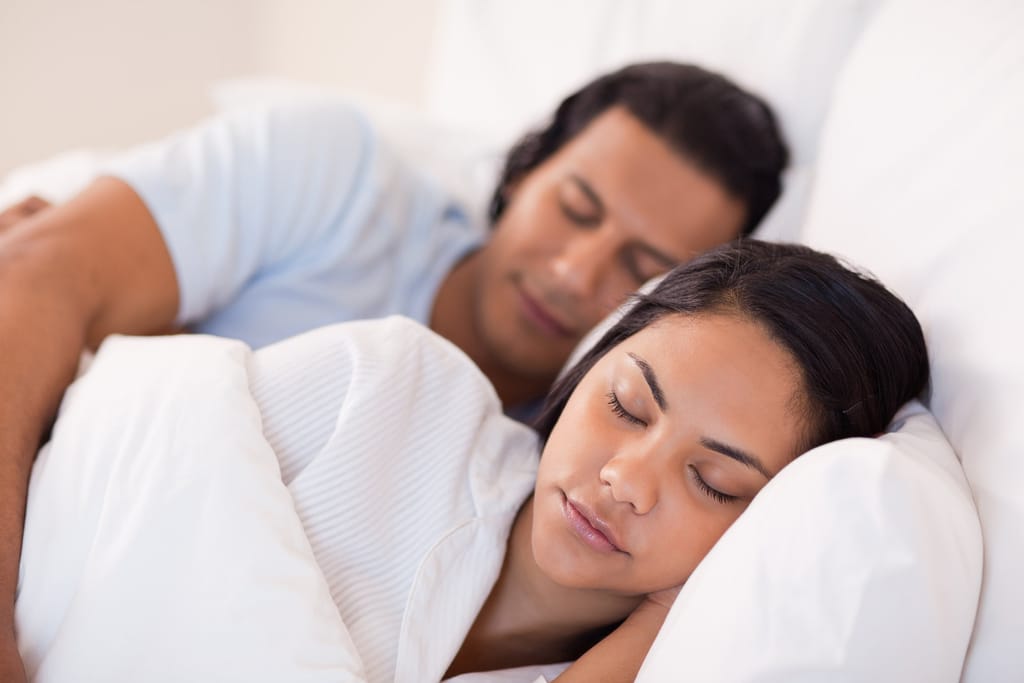What is the best sleeping position?
If you’re like most people, you’re used to sleeping on your side. But did you know there are other options? What is the best sleep position? The best sleep position is the one that seems highly comfortable to you.
The Rules
However, there are some general rules that can help you find the best sleeping position for your body. If you have back pain or neck pain, it’s best to sleep on your side with a pillow between your knees. This helps keep your spine straight. If you have leg pain, investigate falling asleep on your back with a pillow between your legs.
You may also want to acknowledge how much room you need in order to sleep comfortably. A large person will need more space than a small person and may want to sleep on their side or stomach rather than on their back. Individuals who move around a lot in their sleep may also benefit from sleeping on their stomach or back instead of their side, as this will give them more autonomy of movement while they sleep without disrupting others who are sharing the same bed with them. Let’s look at each of these sleeping positions and the benefits and shortcomings associated with each one.
Side Sleep Positions
The most common sleeping position is on your side. When you sleep on your side, you’ll be more likely to snore and breathe through your mouth. This can cause dry mouth, which can increase the risk of cavities and bad breath. You may also wake up with puffy eyes or lines under your eyes because of sleep lines.
Side sleeping positions are best for those who have shoulder or neck issues. If you’re a side sleeper, make sure your pillow is firm and that it’s not too thick.
Side sleepers should make sure they’re sleeping on their sides with no pillows under their heads, as this could lead to neck strain. If you have a hard time falling asleep on your back, try putting a pillow between your legs for support. If you wake up with an aching back or neck, consider using a firm mattress and making sure it’s in good condition so it doesn’t sag in the middle where we’re all most likely to sink into it when we’re tired and not thinking about our posture during sleep time!
There are fewer snoring and back pain problems for side sleepers. Side sleeping can be more difficult for people who suffer from acid reflux or GERD, however, as the stomach is more likely to be positioned lower than usual. Side sleeping can also cause shoulder and hip pain because of how it puts pressure on those joints. It’s easier for side sleepers to roll over in their sleep without disturbing their partner.
The side sleeping position is very popular because it allows for your spine to remain straight while you sleep. This position also allows for your lungs to expand fully with no restrictions, which helps prevent snoring. Side sleeping also reduces the risk of developing sleep apnea and heartburn. However, this position can be uncomfortable if you have arthritis in your hips or knees because it puts pressure on these joints while you’re trying to relax them during sleep time! You should also invest in a good mattress to support your back and keep it straight while you sleep.

Back Sleep Positions
Back sleepers are at a greater risk of developing neck pain and disc problems than other types of sleepers because they’re putting weight directly on their spine. Back sleeping also causes breathing problems by restricting the ability of your lungs to expand during inhalation and exhalation. If you’re a back sleeper, try placing a pillow between your knees to reduce strain on your lower back and hips while still keeping your spine straight enough so that it doesn’t curve forward or backward as much as it would otherwise while lying flat on your belly or side (which could cause chronic pain).
Back sleeping is another popular position because it helps keep the spine aligned while you’re asleep so there’s no pain associated with waking up in the morning (which happens often when you sleep on your stomach). Back sleeping also improves blood circulation throughout your body because it takes pressure off of your heart by keeping it upright instead of lying flat on its surface, like when you’re on your stomach or side (which can cause serious health problems over time). However, back sleeping can lead to snoring if proper.
Back sleepers are the most common type of sleeper out there. These people typically like firm pillows that don’t sag too much under their weight. The best way for back sleepers to get the most out of their night’s rest is by making sure it supports their neck by a single pillow instead of two smaller ones stacked together—this will help prevent neck pain at night time!
When you sleep on your back, you put more pressure on your neck and spine.

Stomach Sleep Positions
Sleeping on your side is the best position for your neck and spine, as it helps relieve pressure on the joints.
Stomach sleepers prefer soft pillows that give them plenty of support on their front side during the night time hours when they’re snoozing away peacefully in their beds! Sleeping on your stomach can cause an increase in snoring and acid reflux, as well as a decrease in blood flow to the brain.

Conclusion
There are many unique positions that you can sleep in. The most common are the side, back and stomach positions. As you sleep, you change positions throughout the night. You may find that you move to your side at one point, and then switch to your back or stomach later on. This can happen throughout the night, but it’s difficult to remember which position you were in when you wake up in the morning.
You may also find it hard to get comfortable in each position because of how each one affects your body differently. The best way to get a good night’s rest is by choosing a position that works for both your mind and body.
Reference
- Suni, E. (2023, February 16). Best Sleeping Positions. Sleep Foundation. https://www.sleepfoundation.org/sleeping-positions
- The Best and Worst Sleep Positions for Health Conditions. (2021, August 19). Verywell Health. https://www.verywellhealth.com/best-and-worst-sleep-positions-for-health-conditions-4158271
- The Best Sleeping Positions for Every Kind of Snoozer. (2021, November 1). Shape. https://www.shape.com/lifestyle/mind-and-body/best-and-worst-sleeping-positions-your-health
- Zwarensteyn, J. (2023, February 17). The Best Sleeping Positions. Sleep Advisor. https://www.sleepadvisor.org/best-sleeping-positions/